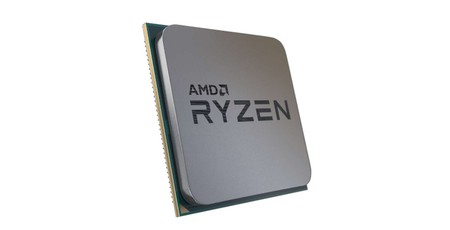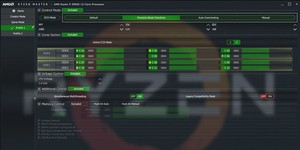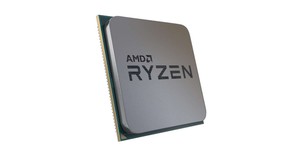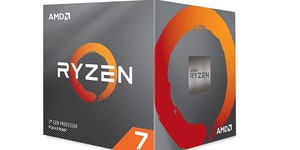
Noted overclocker Roman 'der8auer' Hartung has released the results of a survey into AMD's Ryzen 3000-series parts and their abilities to reach claimed boost clocks - and it makes for difficult watching for those shopping at the higher end of the market.
Like its rival Intel, AMD builds the majority of its processors with multiple target clock speeds: The base, or core, clock is the chip's guaranteed speed; the boost, or turbo, clock is a moving target which the chip may or may not be able to actually reach depending on workload, temperatures, and the number of physical cores in use at any given time; this boost clock is sometimes split into all-core boost and any-core boost - the latter meaning a single core running a single thread.
The launch of the Ryzen 3000-series processors, which are based on a 7nm process with the new Zen 2 microarchitecture, has shaken up the high-end desktop market - but those splashing out on AMD's latest might not be getting what they are promised. Professional overclocker Roman 'der8auer' Hartung launched a survey into real-world Ryzen 3000-series samples, polling some 3,000 users to find out exactly what the chips can boost to - and it's not quite where AMD has been positioning them.
In a video released this week and reproduced above, Hartung revealed that the results were 'worse than [he] thought:' The Ryzen 9 3900X, which sits towards the top of the tree, saw fewer than six percent of respondents able to reach its advertised boost speeds. At the lower end of the range, where the core count and clock speeds are both reduced, things improved - but even there only around half of chips could hit their advertised boost speeds.
Hartung's survey isn't exactly scientifically rigorous, however: He admits to have excluded entries which, in his opinion, were submitted by 'AMD fanboys' looking to skew the results; the survey also excluded anyone using liquid cooling system and AMD's performance-boosting Precision Boost Overdrive system, both of which combine to allow chips to exceed published boost clocks providing there is sufficient cooling. There's no guarantee that respondents carried out the tests - based on a Cinebench R15 benchmarking workload and HWinfo's clock-speed monitoring capabilities - correctly, either.
The video does, however, suggest that AMD might do well to clarify under what conditions its chips meet their published boost clocks - and if those conditions aren't achievable using the stock cooling provided as processor-in-box (PIB) configurations, why they're published at all.
UPDATE 20:00:
AMD has issued a statement pinning the blame for the lower-than-expected boost clocks of the vast majority of Ryzen 3000-series processors on a firmware flaw, which it is working to update. 'We closely monitor community feedback on our products,' the company claims, 'and understand that some 3rd Gen AMD Ryzen users are reporting boost clock speeds below the expected processor boost frequency.
'While processor boost frequency is dependent on many variables including workload, system design, and cooling solution, we have closely reviewed the feedback from our customers and have identified an issue in our firmware that reduces boost frequency in some situations. We are in the process of preparing a BIOS update for our motherboard partners that addresses that issue and includes additional boost performance optimisations. We will provide an update on September 10 to the community regarding the availability of the BIOS.'

MSI MPG Velox 100R Chassis Review
October 14 2021 | 15:04








Want to comment? Please log in.